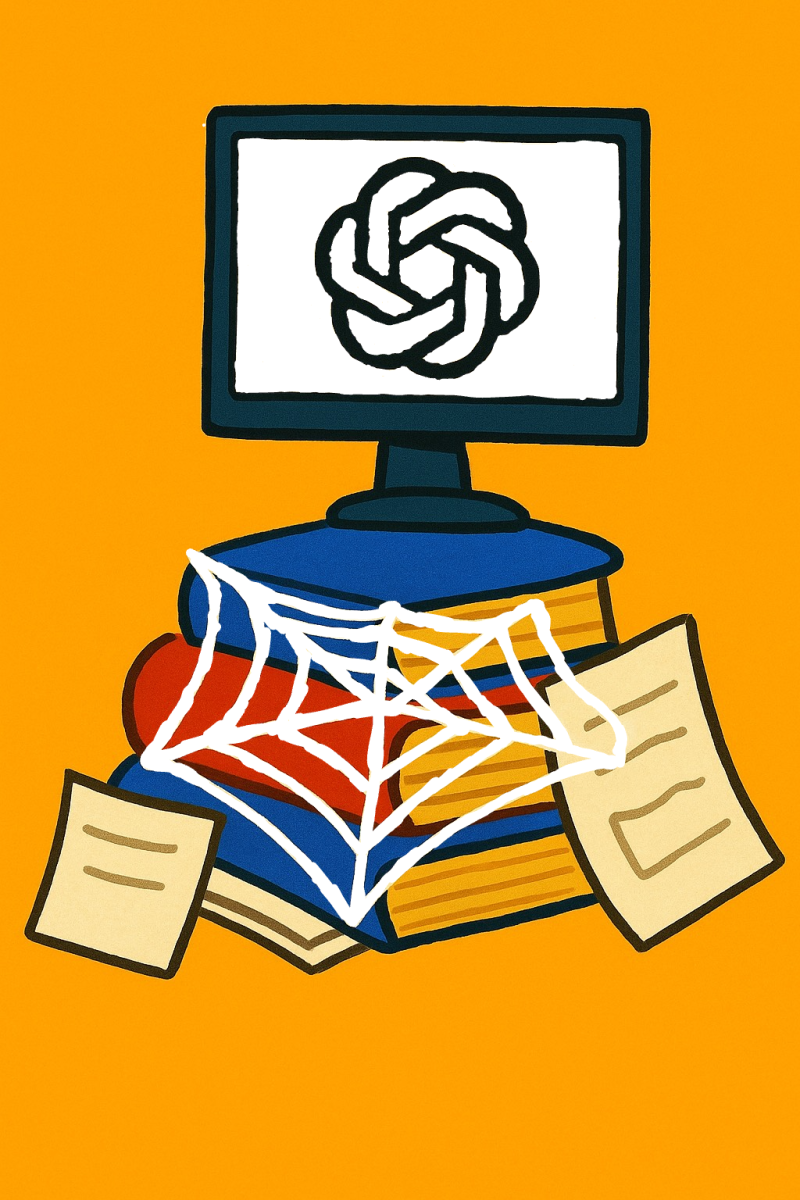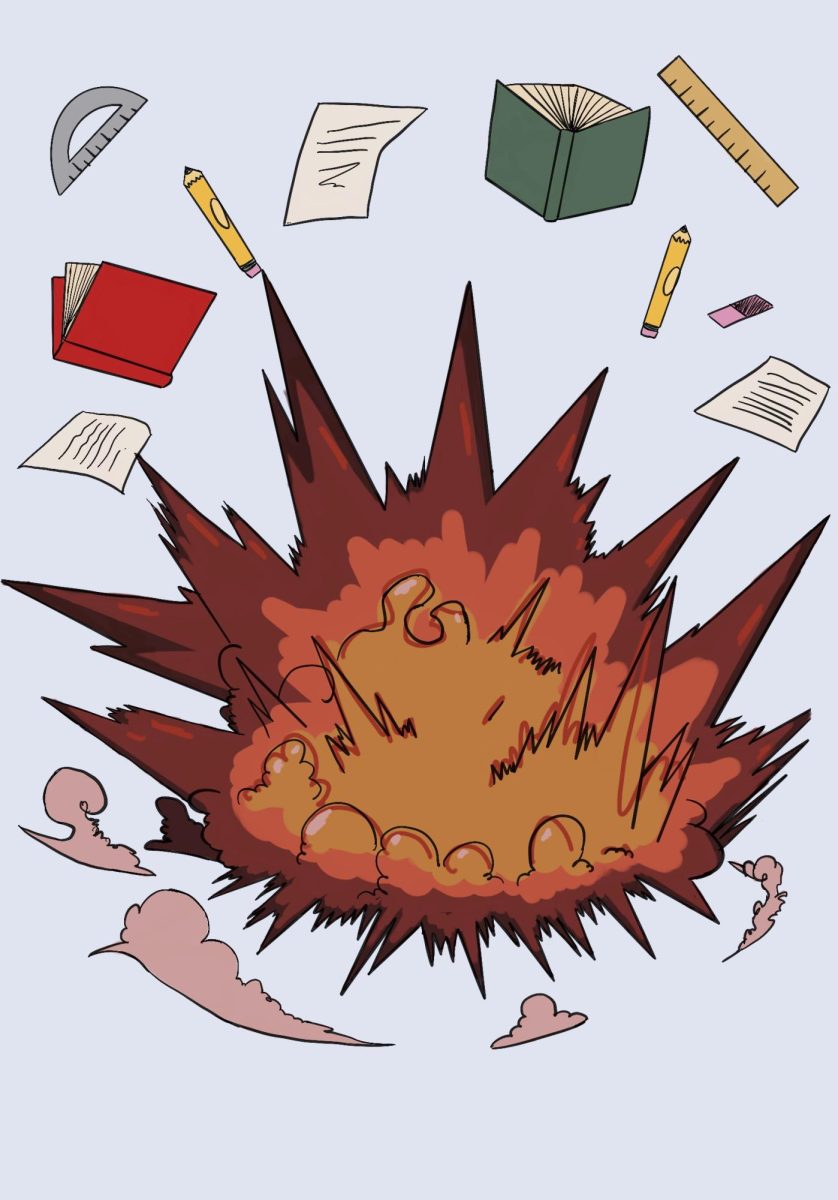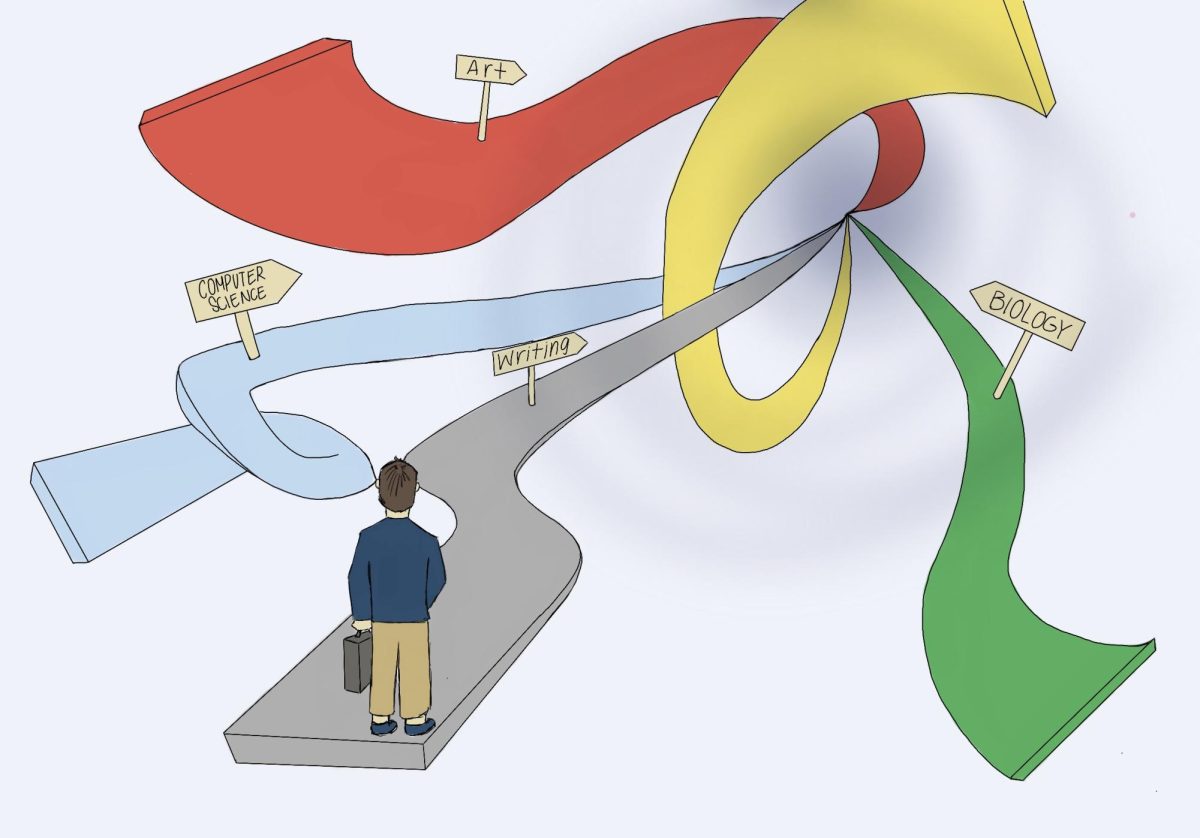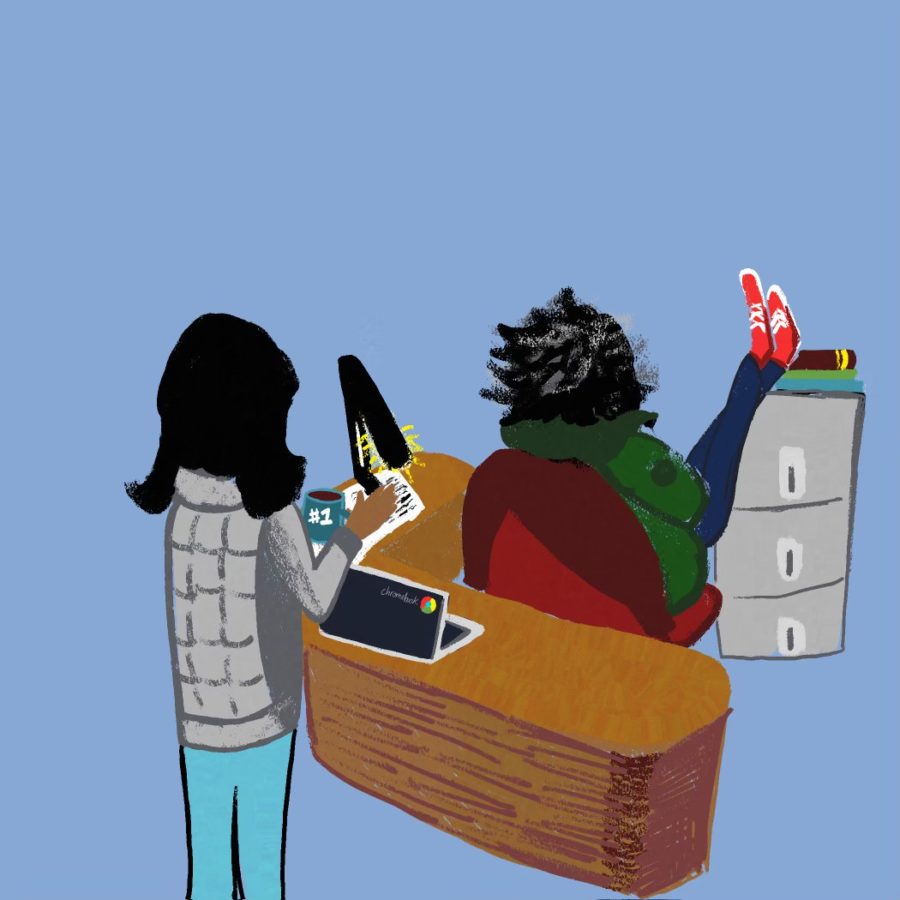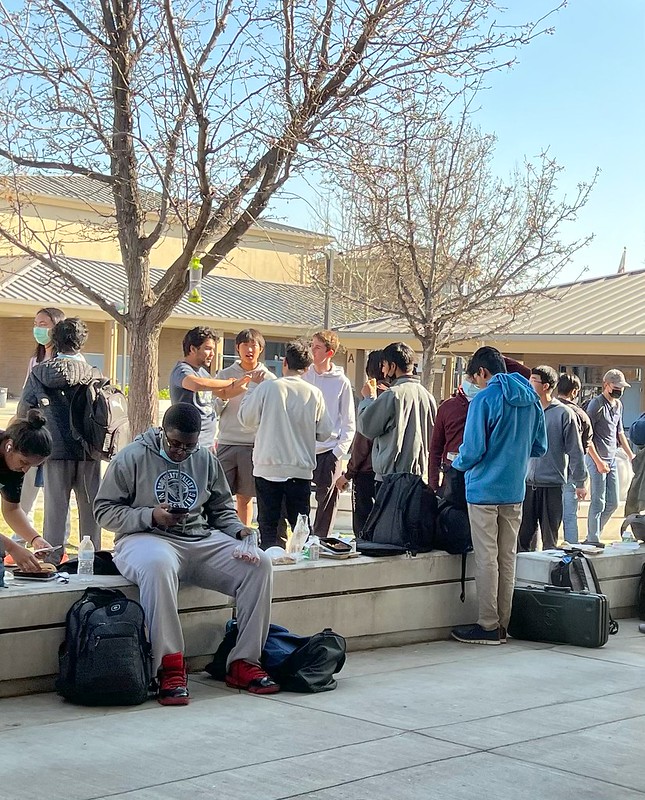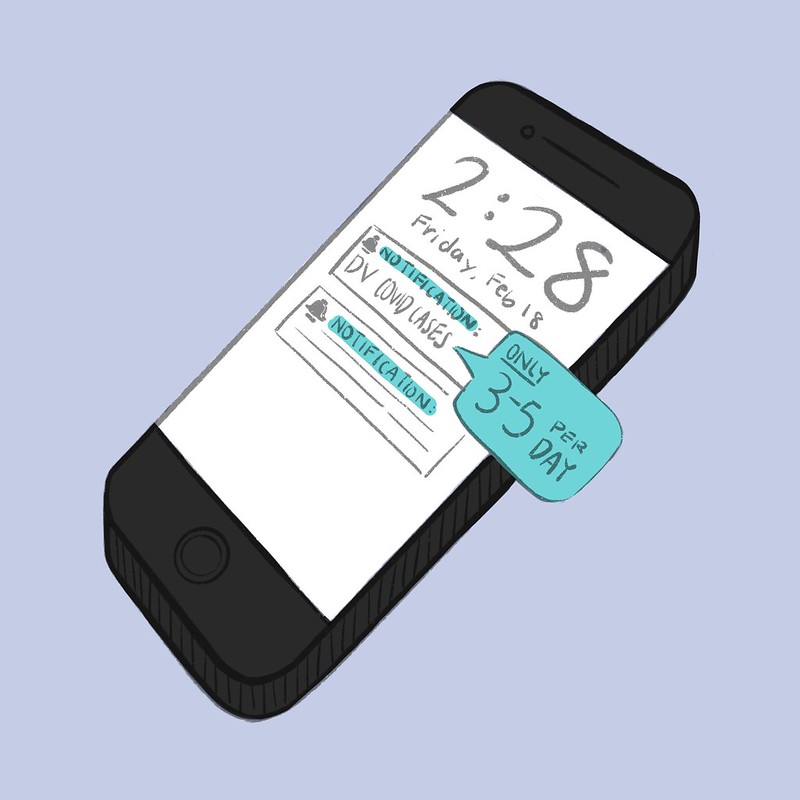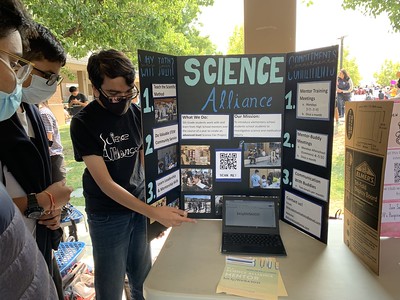Education should equip students to go out into the real world, but today, many instructors are teaching like the world has not evolved in recent years, through new technology and more effective educational tools. Worksheets, boring lectures and a reluctance to try new technology are standard fare. Students, however, are growing up having access to things like artificial intelligence, immediate information at their fingertips and modern-day problem-solving strategies. There’s an obvious disconnect between how we’re teaching in schools and how the real world actually works. Teachers need to catch up. They need to give students increased access to AI and to the internet when they are doing schoolwork. Teachers should also start implementing new technology into their classrooms rather than sticking with methods that are decades old.
Many classrooms still put too much emphasis on memorization and busywork that doesn’t exactly reflect how learning or solving a problem actually happens in the world today. For example, technology in the majority of classes is still considered a distraction rather than the main way we interact with the world. Schools aren’t going paperless yet, and AI is outright banned in most classes. Students feel like this is frustrating because it means that the education system is actively ignoring the tools we will be required to master as soon as we leave high school, when we enter the work force.
Instead of punishing students for their use of technology, teachers must embrace it. The internet and AI aren’t going away, they are just evolving. Colleges and employers already expect students to be able to utilize new technology effectively. For example, a typical office job in 2025 and jobs that are projected to exist in the future would expect for the employee to be able to effectively use AI and other tools to finish more work faster, more accurately and more effectively. Assignments would need to be designed with this in mind. Teachers should be increasing the difficulty of projects, requiring more analytical thinking and challenging students to use AI as a tool for learning, not a shortcut. The truth is, today’s valuable skills are problem-solving, adaptability and creativity. Not just memorizing facts, which we can just Google in seconds.
For example, universities such as San Diego State University and University of California, Riverside began to integrate AI into curricula this year. The faculty has been able to use AI to get more work done faster, allowing them to teach more material more efficiently. Students have also been able to benefit from this by being allowed to use AI on research projects to cut down the amount of time it would take for the same amount of learning to occur, allowing students to move on to more and more advanced topics. Just like these universities, Dougherty should start teaching students how to effectively use AI and encourage them to use AI to help them get more work done more efficiently. Teachers should also increase course rigor proportionally to the students’ AI usage.
Indeed, some teachers argue that AI makes students lazy or prevents them from learning the content. However, that could have been said even when calculators were first invented. Instead of making students worse at math, calculators enabled them to move past straightforward arithmetic and focus on harder, more complex concepts quicker and more effectively. AI can do the same if teachers utilize it correctly. The real issue isn’t that schools can’t keep up with how tasks are designed around that technology, it’s that teachers are refusing to adapt.
Teachers have two choices: they can keep fighting technology and forcing outdated methods, or they can adapt and prepare students for the reality we’re already living in. If the goal of school is truly to prepare us for the future, then teachers need to rethink how they teach. That means embracing AI, going paperless and challenging students to use technology to learn more, not less. The future is already here; it’s time for our classrooms to reflect that.

